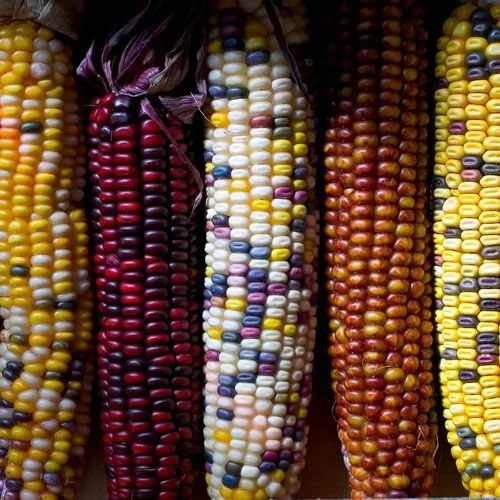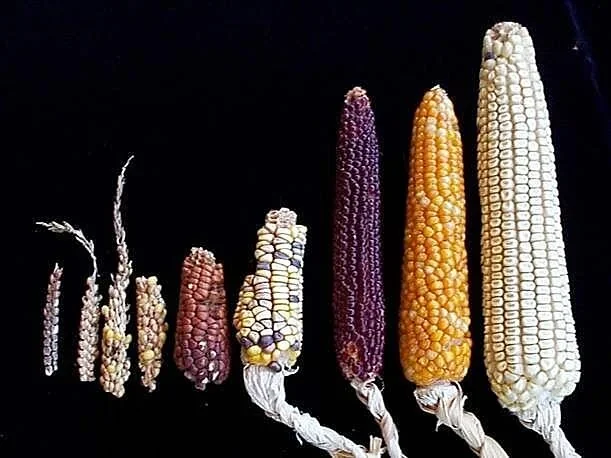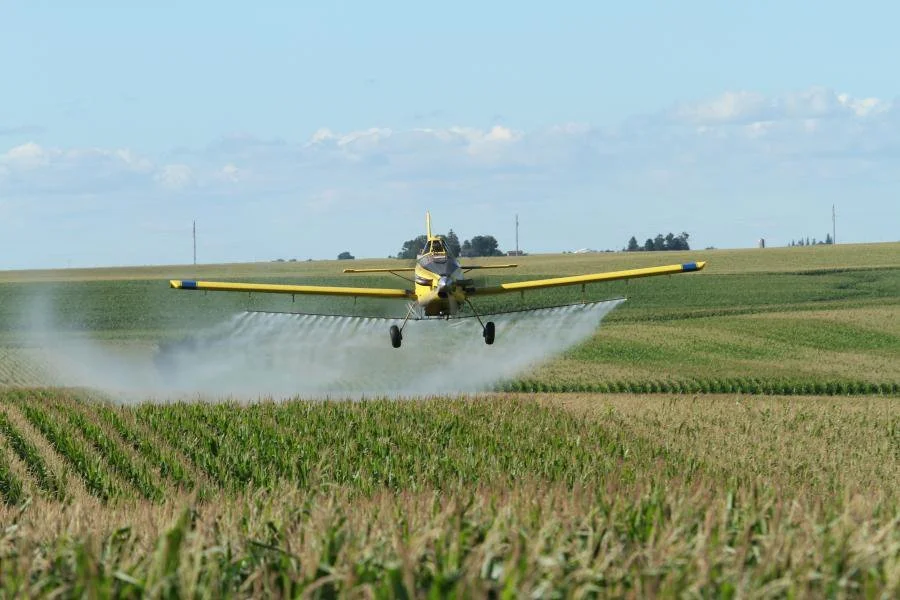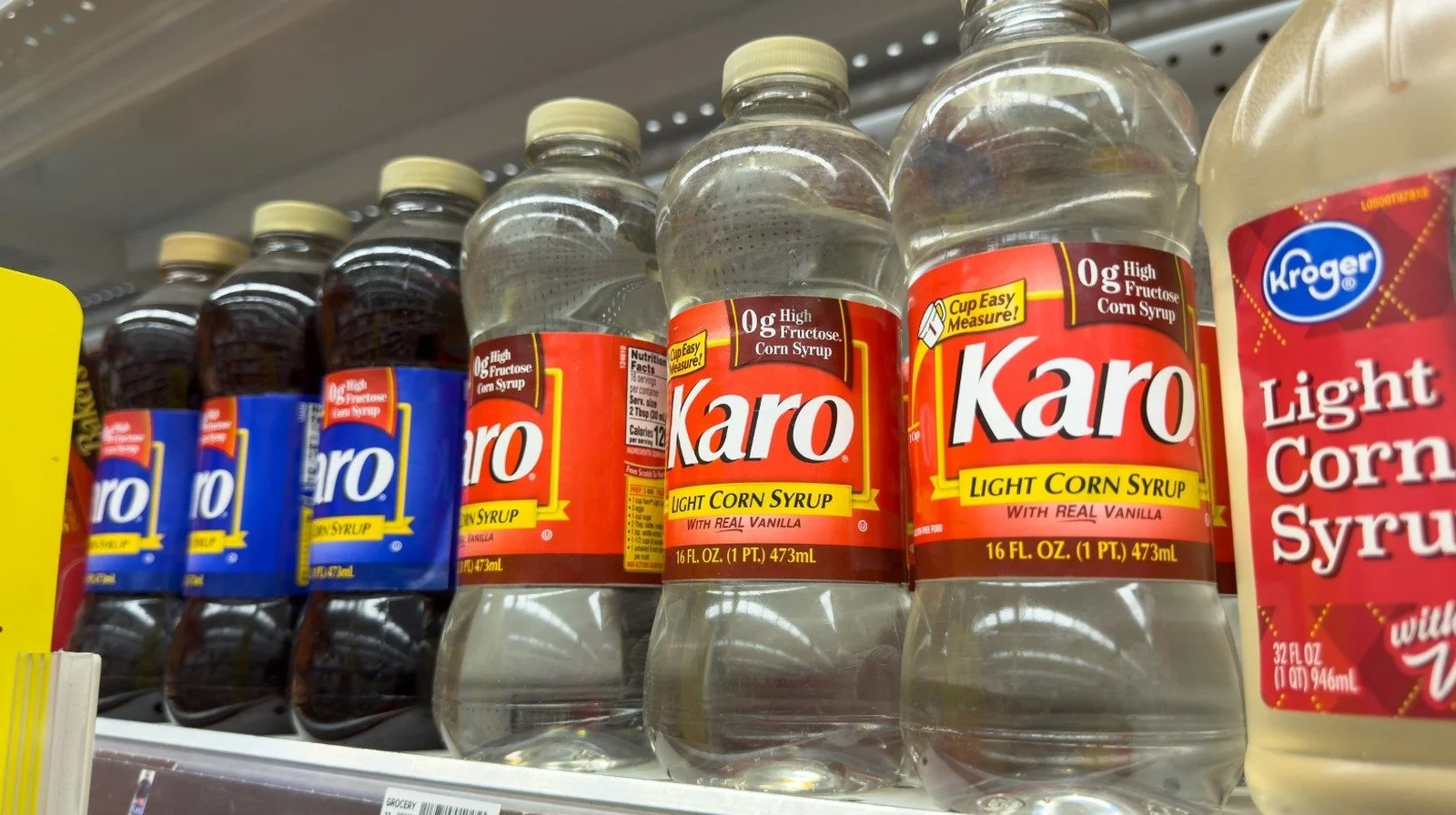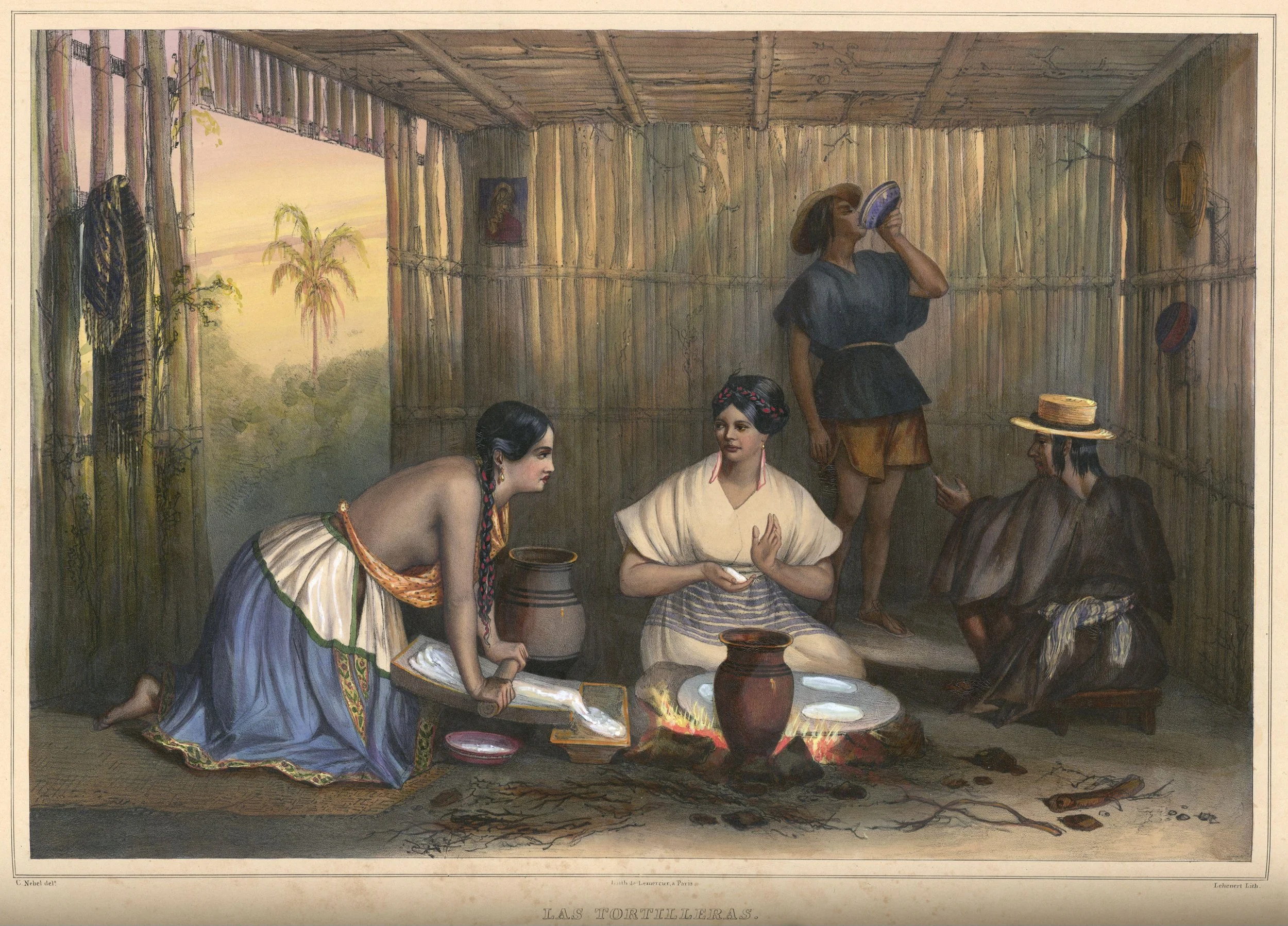Corn: From Ancient Staple to Modern Controversy
Corn has been at the center of human diets for thousands of years. The Indigenous peoples of the Americas relied on it as a staple, using traditional preparation methods that unlocked its nutrition and made it deeply sustaining. But today, the corn you find in most packaged foods and on supermarket shelves looks — and acts — very differently in the body.
Let’s explore the evolution of corn, the impact of modern farming, and how the way we prepare it can make all the difference.
Corn Then vs. Corn Now
Traditional corn was small, colorful, and nutrient-dense. Ancient varieties were rich in fiber, minerals like magnesium and phosphorus, and phytonutrients (especially in the deep reds, purples, and blues). Communities prepared it using nixtamalization (more on that below), which unlocked its nutrition and made it digestible.
Modern corn, however, has been heavily hybridized to prioritize yield and sweetness. The corn most of us eat today is larger, starchier, and much less nutrient-dense than its ancestral counterpart. And a huge portion of U.S. corn is not eaten fresh at all — it’s used for animal feed, ethanol, and highly processed food ingredients like corn syrup and corn oil.
The evolution of corn
GMO Corn and Glyphosate
Over 90% of corn grown in the U.S. is genetically modified (GMO) to either:
Resist herbicides (like glyphosate, sold as Roundup)
Produce its own pesticide (Bt toxin) to ward off insects
This means cornfields can be sprayed with glyphosate without killing the crop — but residues of glyphosate remain in the food.
Why does this matter for human health?
Glyphosate is linked to gut disruption. It may alter the microbiome by harming beneficial bacteria.
Endocrine disruption: Some research suggests glyphosate may act as an endocrine disruptor, interfering with hormone function.
Detox burden: Glyphosate requires liver detoxification, adding to the body’s toxic load.
Research suggests that Bt toxin can disrupt the gut microbiota, potentially leading to an imbalance in bacterial populations and contributing to issues like leaky gut syndrome
While regulatory agencies maintain it is “safe at current levels,” independent research raises concern that chronic, low-level exposure may contribute to health issues over time.
Pesticides being sprayed on crops.
High-Fructose Corn Syrup: Sweetness with Consequences
Corn’s biggest role in modern diets isn’t as a vegetable on your plate — it’s as high-fructose corn syrup (HFCS) in packaged foods and sodas.
HFCS is cheap, sweet, and everywhere — but it’s also problematic:
Metabolic health: Excessive fructose bypasses normal blood sugar regulation, straining the liver and contributing to fatty liver disease.
Obesity and diabetes: Strongly linked with increased risk due to its effect on insulin resistance and appetite regulation.
Addiction-like response: Fructose activates brain reward pathways differently than glucose, encouraging overconsumption.
In short, HFCS is not the same as eating an ear of corn on the cob — it’s a highly processed product with very different effects on the body.
Nixtamalization: Ancient Wisdom
Here’s the good news: when prepared traditionally, corn can still be a nourishing food.
Nixtamalization is the process of soaking and cooking corn in an alkaline solution (limewater, or calcium hydroxide). This ancient technique:
Releases niacin (vitamin B3): Preventing pellagra, a disease once common in populations eating unprocessed corn.
Improves mineral absorption: Especially calcium and iron.
Reduces toxins and anti-nutrients: Making corn easier to digest.
Boosts flavor and aroma: Giving us tortillas and tamales with depth and richness.
Without nixtamalization, populations dependent on corn risked malnutrition. With it, corn became a true superfood for Mesoamerican cultures.
People nixtamalizing corn.
The Takeaway
Corn itself isn’t “bad.” The problem lies in how it’s grown, processed, and consumed today.
Ancestral corn: colorful, nutrient-rich, and properly prepared = deeply nourishing.
Modern industrial corn: GMO, glyphosate-sprayed, refined into syrups and oils = harmful to the body.
Nixtamalized corn (tortillas, tamales, pozole) = still a valuable traditional food when sourced well.
If you want to enjoy corn:
Seek organic, non-GMO varieties (ideally heirloom or traditional).
Choose whole or traditionally prepared forms (tortillas, polenta, hominy).
Avoid highly processed corn derivatives like high fructose corn syrup, corn syrup, and corn oil.
When we honor the wisdom of traditional preparation and stay mindful of modern farming practices, corn can return to its rightful place: a food that nourishes, not depletes.
